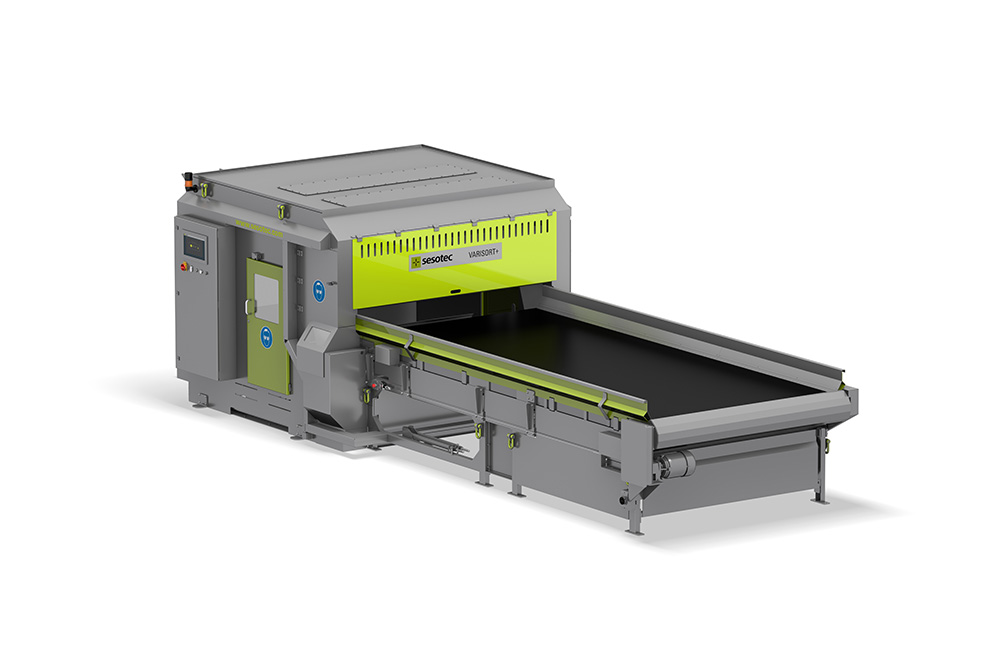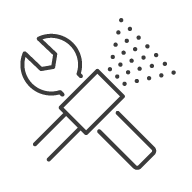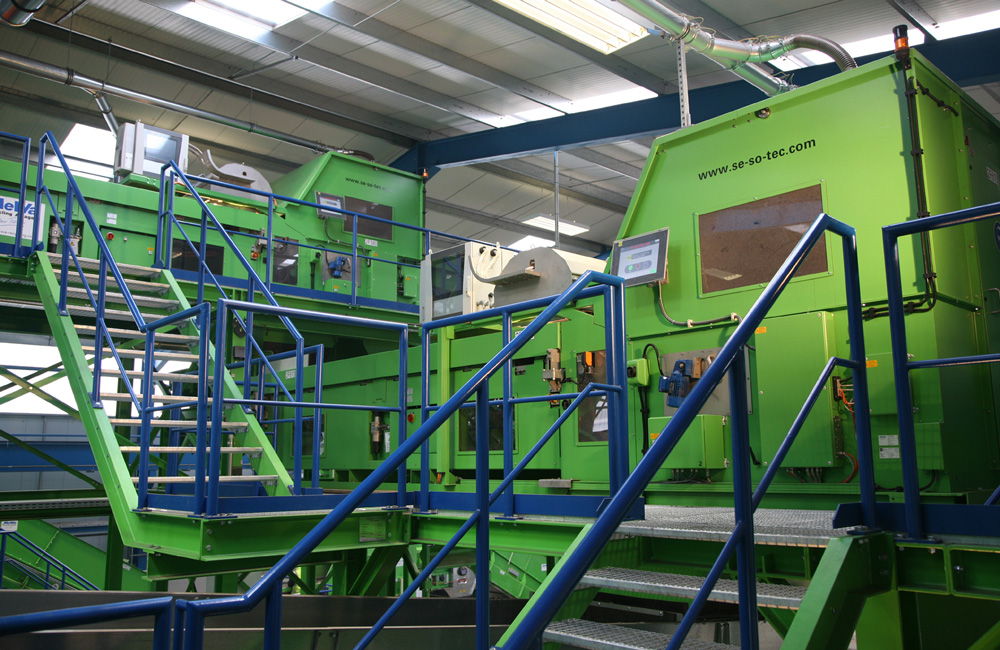Alternative
system configurations for a wide range of applications
Multi-sensor sorting systems for various
recycling applications
divide mixed material flows
into uniform fractions. The material (e.g. PET bottles, electrical waste, scrap
metal and household waste) reaches the detection area optimally scattered by
way of a fast-moving conveyor belt. Once there, sensors “scan” the material flow
based on color, shape and type of material. A metal sensor detects metals, with
optional detection of stainless steels as well. The electronic analysis
assembly then activates the air ejection unit with exact timing and
positioning, which removes the contaminants from the material flow.
Conveyor belt sorting systems for recycling glass
separate
glass fragments by color and effectively remove foreign material, such as
ceramics, stones and porcelain (CSP), with reliability. They are also able to
achieve high-quality single-color fractions out of mixed-color glass fragments,
as well as detect and remove heat-resistant and/or special leaded glass.








































